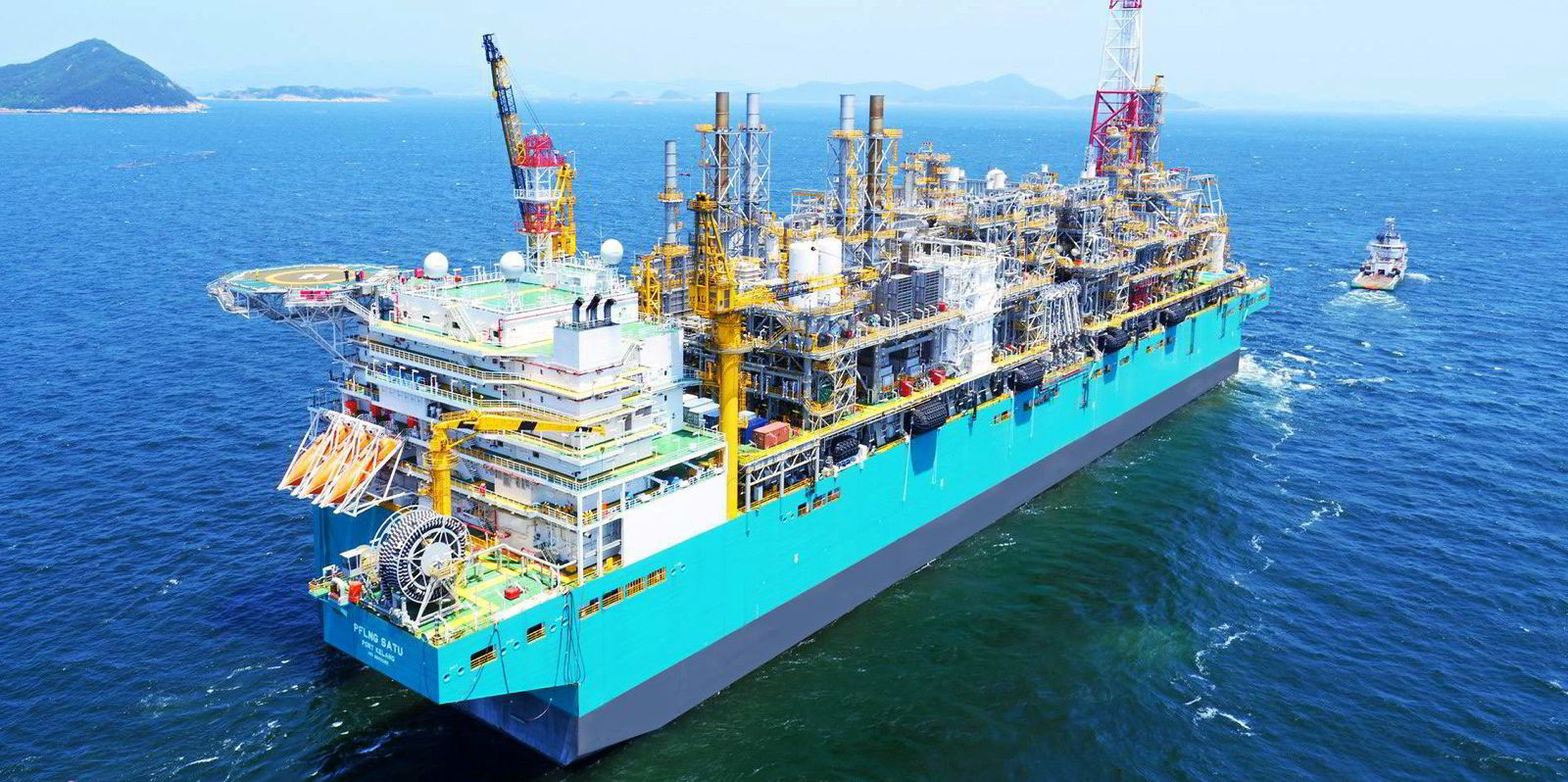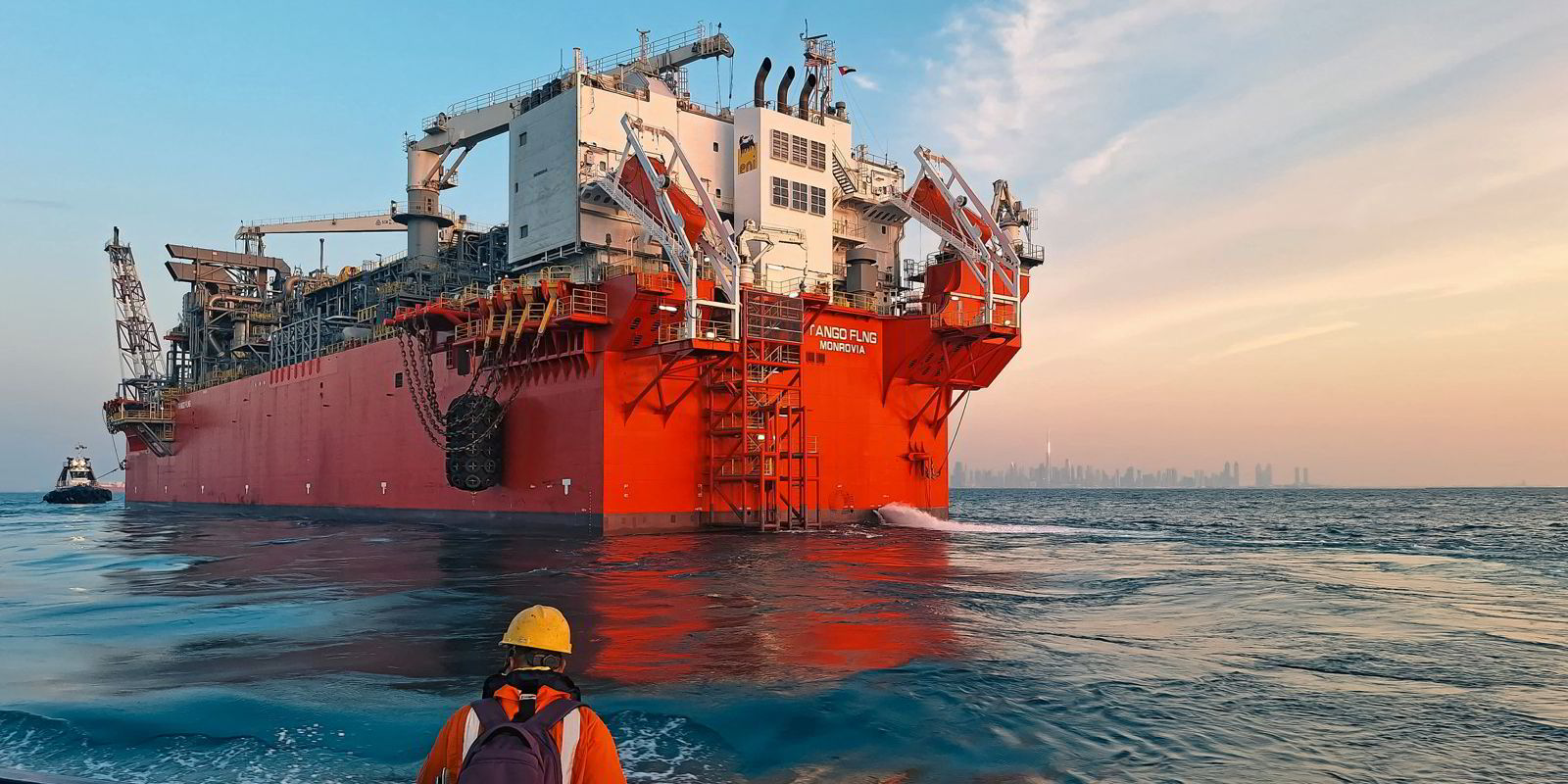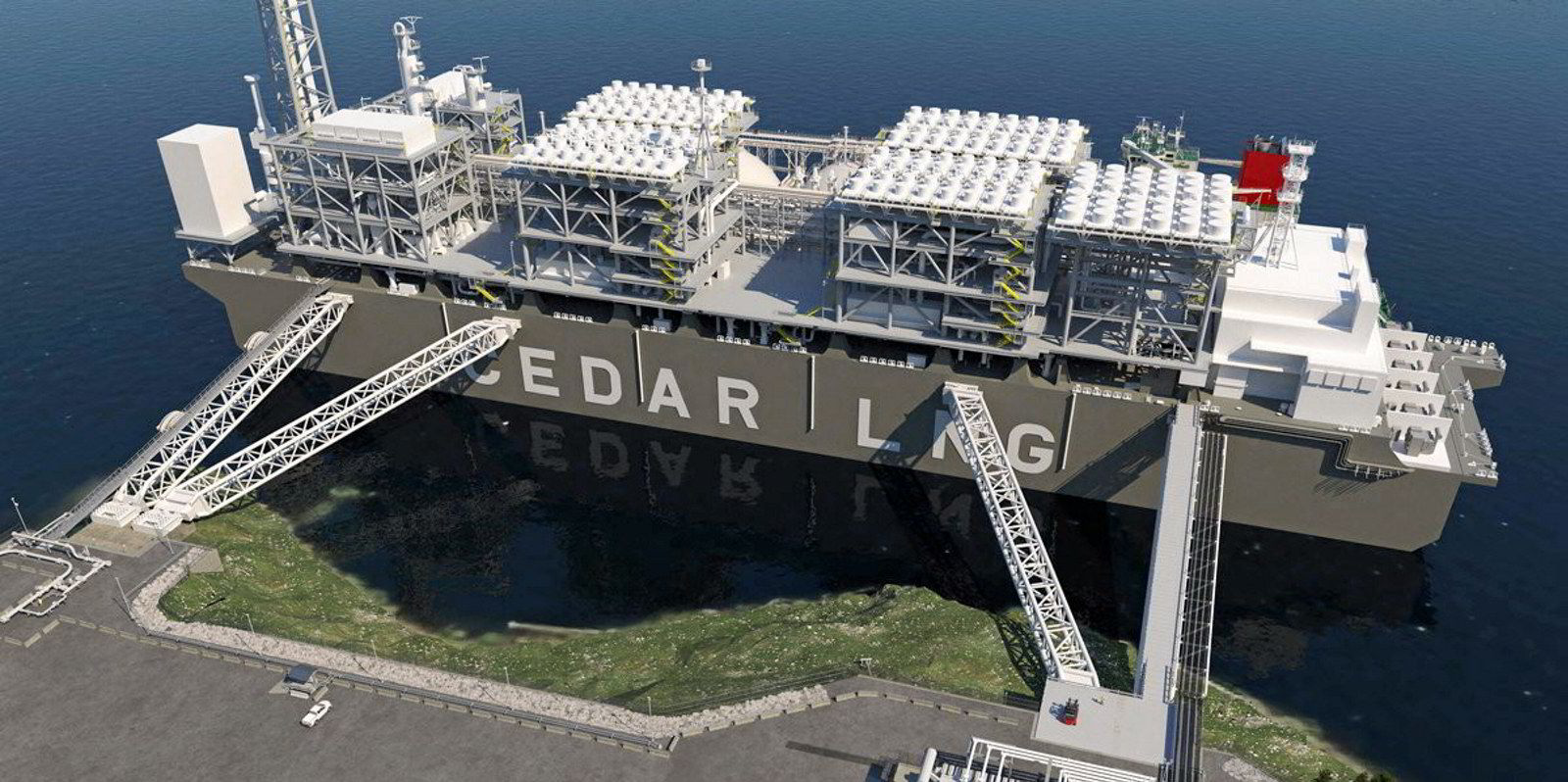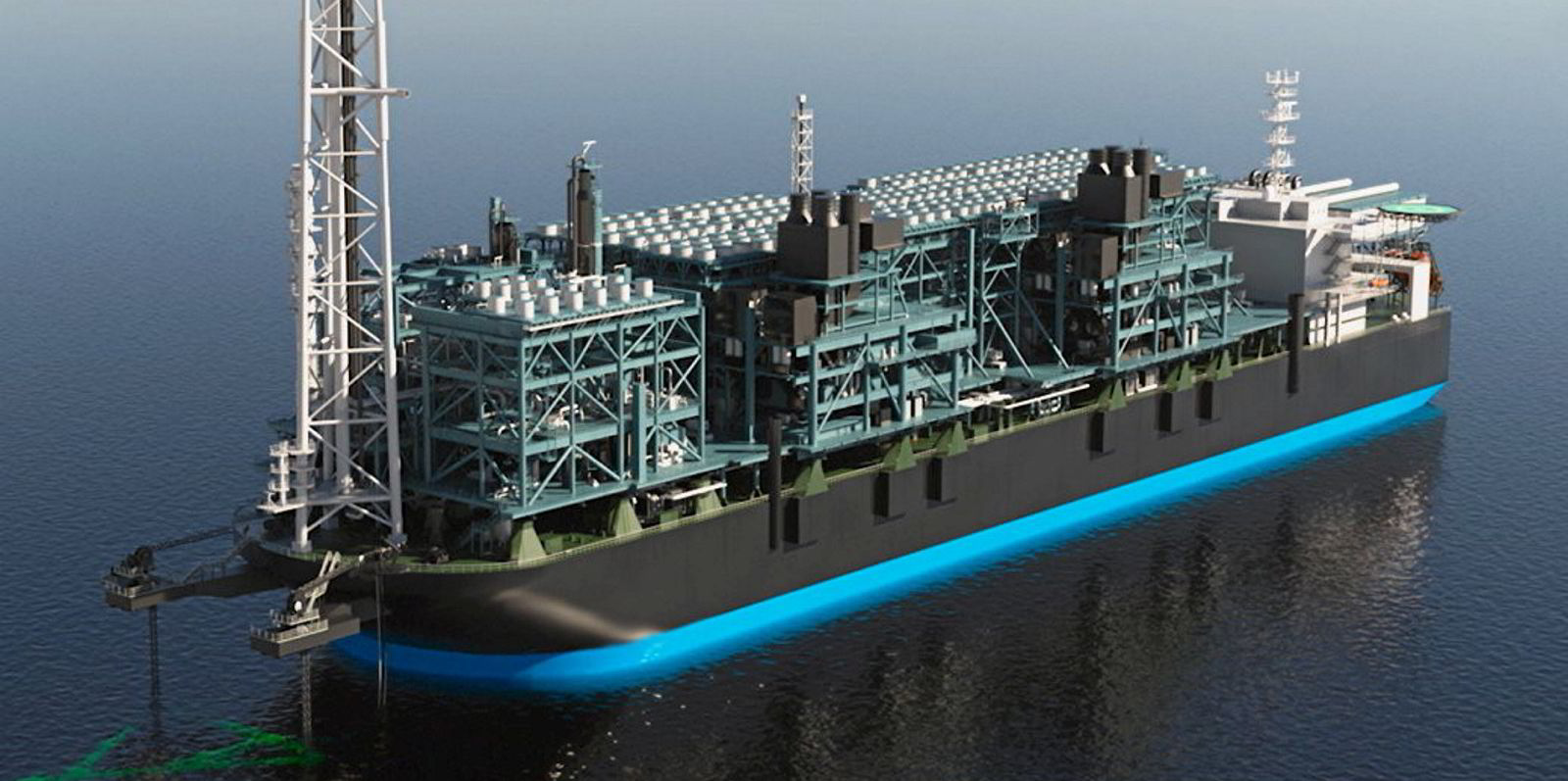Floating LNG production has been poised for lift-off for over a decade, but this year and next are expected to be pivotal in bringing the sector to life and into the mainstream.
By 2030, FLNG players calculate that more than 60 million tonnes per annum of LNG could be produced from about 18 FLNG units. There is existing capacity in operation from five projects to produce over 12 mtpa.
The new year signalled action for the sector.
The first major newbuilding order announced for 2024 is for Cedar LNG’s 3.3-mtpa FLNG unit priced at a cool $1.5m, which, including the fabrication and integration of the topsides for the floater, bumps up to $2.2m in total.
A final investment decision, or FID, on the Canadian project, which is based out of the western coastal town of Kitimat, is expected shortly.
But engineers working on projects say this is just the start, with at least four more FIDs on FLNG schemes due in the next two years.
They list developers such as Delfin Midstream and Western LNG that are lining up first floaters of 3.5 mtpa and 6 mtpa for the US Gulf region and west coast Canada respectively, with subsequent units to follow as part of larger project plans.
While it has been slowed by negotiations between energy companies Eni and ExxonMobil, several industry players also highlighted that a decision is expected to be made on the long-awaited Coral North project off Mozambique this year — a potential sister unit for Eni’s already operational 3.4-mtpa Coral-Sul FLNG unit.
In Asia, Genting Oil & Gas has given limited notice to proceed to China’s Wison (Nantong) Heavy Industries to start work on a 1.2-mtpa LNG floater.
Others point to Golar LNG’s speculative moves to forward the first of its Mark II-design LNG carrier-to-FLNG unit conversions, which involves cutting a Moss-type vessel in two to install liquefaction units between the hull parts. They hint that the company is working hard to nail a first project for this solution.
In Nigeria, UTM Offshore has teamed with the Delta State Government and Nigerian National Petroleum Co on a FLNG project that some think is set to fly. The project partners promise an FID before year-end.
Between them, these projects could see more than 19 mtpa more LNG production sanctioned — all of it to be produced from offshore units.
Complexities and competition
But projects are complex, often involving many large counterparties, and sanction dates can slip. Also, dry-dock space to construct large hull structures for FLNG units — which typically require around eight months before they move quayside for the complex outfitting work — remains at a premium and competition for slots is evident.
Last year, Delfin, which has been working with Samsung Heavy Industries on its FLNG units, announced it had signed a deal with Chinese shipbuilder Wison Offshore & Marine to give it access to more berth slots.
Black & Veatch vice president and managing director offshore & marine industry Javid Talib told TradeWinds: “Our market insights suggest that FLNG capacity could quadruple in the remaining years of this decade.”
The engineering company’s liquefaction technology is currently being used or specified for half the FLNG facilities that are in commercial operation, have achieved or are nearing FID, or are in detailed design and construction.
Key year
There are already five FLNG units in operation worldwide with a sixth that started up in one country before being sold on to another project.
2024 will also be key in that this unit and two more are scheduled to start production.

Both Eni, which is using the existing Tango FLNG unit to monetise gas fields in the Republic of Congo, and New Fortress Energy, with its innovative converted jack-up rigs set up off Altamira, Mexico, claim to have introduced first gas into their units. Liquefaction is due to follow with a first cargo for export this quarter.
Further into the year, Golar LNG’s second LNG carrier-to-FLNG conversion, Gimi, is also set for start-up on the maritime border of Mauritania and Senegal.
Three FLNG units are currently on order — one for Petronas’ ZLNG project, another for Eni that will also be deployed off Congo and this week Cedar LNG confirmed its order at Samsung Heavy Industries. The trio are due for delivery dates between 2026 and 2028.






